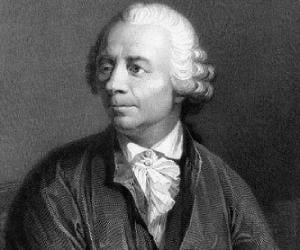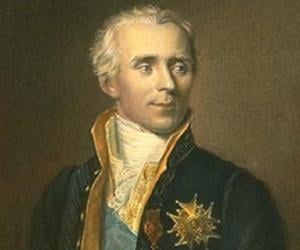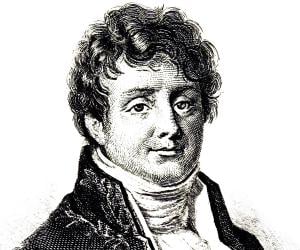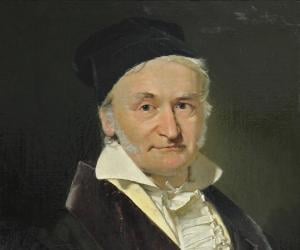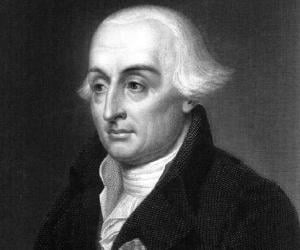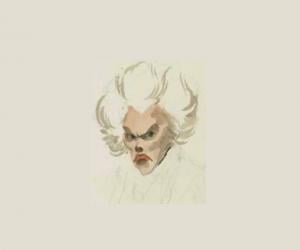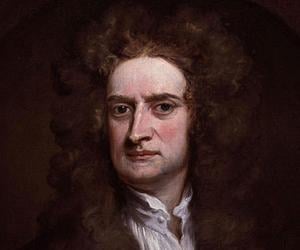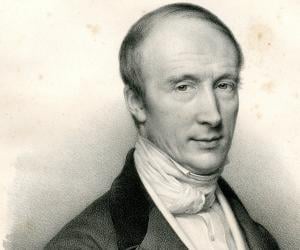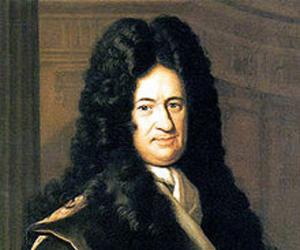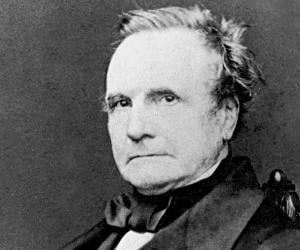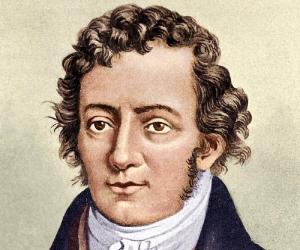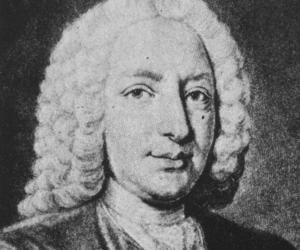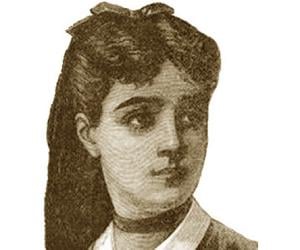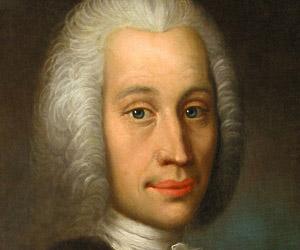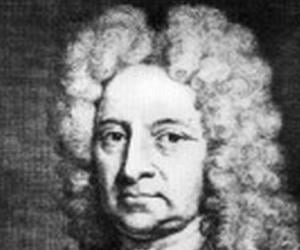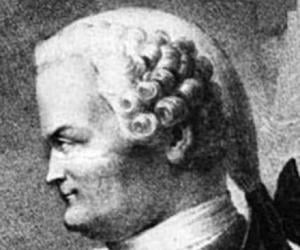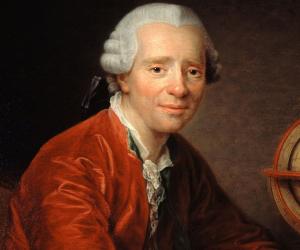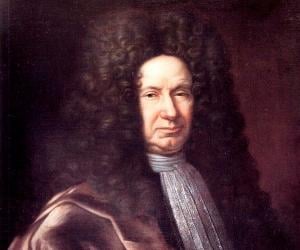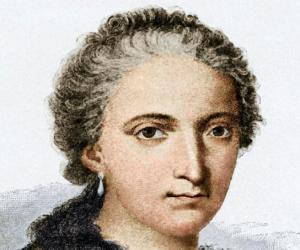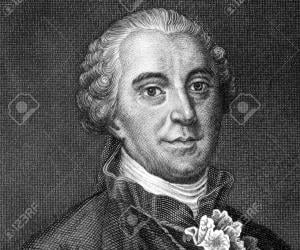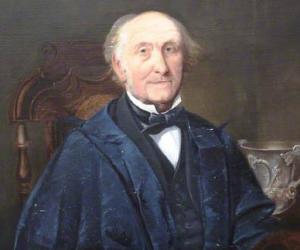Leonhard Euler was a Swiss physicist, mathematician, logician, geographer, astronomer, and engineer. He is credited with making influential and important mathematical discoveries, such as graph theory and infinitesimal calculus. Widely regarded as one of the greatest and most prolific mathematicians of all time, Leonhard Euler also made pioneering contributions to analytic number theory and topology.
Though French scholar Pierre-Simon Laplace is primarily known for his work on the solar system, his research extended to areas such as mathematics and physics, apart from astronomy. Widely known as the Newton of France, he escaped being executed during the French Revolution, owing to his lack of political views.
Joseph Fourier was a French physicist and mathematician best remembered for commencing the investigation of the Fourier series, which is used widely to solve problems of heat transfer and vibrations. Fourier's law of conduction and Fourier transform are named in his honor. Fourier is also said to have discovered the greenhouse effect.
German mathematician and physicist Carl Friedrich Gauss is remembered for his work in math and science. Known as the Princeps mathematicorum, he laid down tenets such as the Gauss's Law. He had exhibited his talent since an early age and had completed writing Disquisitiones Arithmeticae by 21.
Joseph Louis Lagrange was an Italian mathematician and astronomer who made significant contributions to the fields of number theory, analysis, and both classical and celestial mechanics. He served as the director of mathematics at the Prussian Academy of Sciences in Berlin for over 20 years. He later moved to France and became a member of the French Academy of Sciences.
Born into an affluent family, French mathematician Adrien-Marie Legendre probably never had to earn a living till the beginning of the French Revolution. Excelling in math and physics, he later contributed to areas such as elliptic functions, developed the least squares method, and lent his name to Legendre polynomials.
One of the most influential and popular scientists of all time, Sir Isaac Newton played a prominent role in our understanding of natural phenomena. He formulated the law of universal gravitation and laws of motion. He also developed the Newtonian telescope among other devices. Apart from science, Newton was also intrigued by religion, occult, and alchemy.
French mathematician Augustin-Louis Cauchy was initially a military engineer. In his early days, he and his family escaped the Reign of Terror and settled in Arcueil. He was one of the pioneers of mathematical analysis and made significant contributions to subjects such as error theory, calculus, and complex functions.
Andre Marie Ampere was a French physicist and mathematician. He is best known for being one of the founders of the science of classical electromagnetism. He was a professor at the École Polytechnique and the Collège de France and a member of the French Academy of Sciences. The base SI unit of electric current, the ampere, is named after him.
Daniel Bernoulli was a Swiss physicist and mathematician. Born into the popular Bernoulli family of mathematicians, Daniel Bernoulli is renowned for his applications of mathematical equations to mechanics. He is also remembered for his pioneering work in statistics and probability. In 2002, he was inducted into the International Air & Space Hall of Fame.
French mathematician Sophie Germain had used the pseudonym M. Le Blanc to get hold of notes from the École Polytechnique, as being a woman, she was not allowed to attend the institute. She later contributed to the number theory and also pioneered the elasticity theory. She died of breast cancer.
Edmond Halley was an English astronomer and mathematician who was mainly concerned with practical applications of science. He abandoned college education to travel to St. Helena. He published catalogue of 341 southern stars with telescopically determined locations. Known for his wide range of interest, he helped Newton to publish his magnum opus, Philosophiæ Naturalis Principia Mathematica. He used Newton's Law of Motion to compute periodicty of Halley’s Comet.
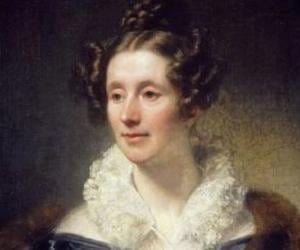
One of the two pioneering female honorary members of the Royal Astronomical Society, Mary Somerville was a 19th-century polymath and science writer. Though she specialized in math and astronomy, she was also well-versed in botany and geology. The Connection of the Physical Sciences remains her most notable work.
Johann Heinrich Lambert was a Swiss polymath whose contributions to the fields of physics, mathematics, map projections, astronomy, and philosophy are considered important by many scholars. He is credited with introducing hyperbolic functions into trigonometry. He is also credited with inventing a hygrometer, which is used to measure the quantity of water vapor in soil and air.
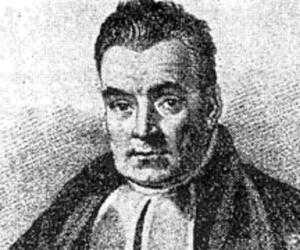
Jean le Rond d'Alembert was a French mathematician, physicist, philosopher, and music theorist. He is credited with coming up with d'Alembert's formula, a solution to the one-dimensional wave equation, which is named after him. His life and work inspired Andrew Crumey's 1996 novel, D'Alembert's Principle.
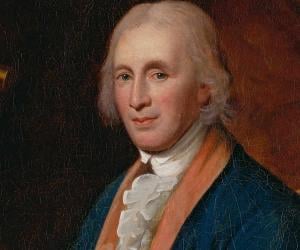
American astronomer, inventor, mathematician, clockmaker and surveyor David Rittenhouse, who served as first director of the United States Mint and remained a member of the American Philosophical Society, made several significant breakthroughs for the US. His achievements include discovering the atmosphere of Venus and observing its transit, becoming the first American to sight Uranus, and completing an advanced orrery.
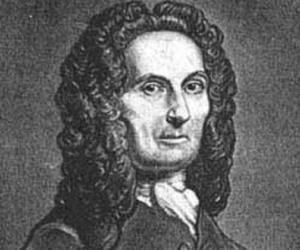
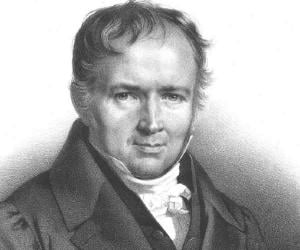
Italian mathematician Maria Gaetana Agnesi, daughter of an affluent silk trader, was well-versed in a number of languages as a child. Most of her work was regarding algebra, calculus, and the Witch of Agnesi. She was also the first female academic to write a math book and to teach math.
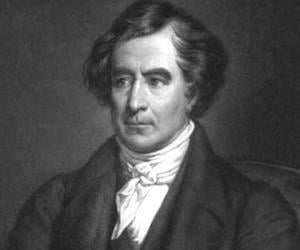
French physicist and mathematician François Arago discovered rotatory magnetism, named Arago's rotations. He is also remembered for his research on the wave theory of light and for the reforms he introduced as the French minister of war and the navy. The Eiffel Tower has his name inscribed on it.
Georges-Louis Leclerc, Comte de Buffon was a French mathematician, encyclopédiste, cosmologist, and naturalist. He is best known for authoring and publishing Histoire Naturelle, an encyclopaedic collection of 36 volumes, which he worked on for 50 years. His work had a strong influence on two subsequent generations of naturalists, including popular French scientists like Georges Cuvier and Jean-Baptiste Lamarck.
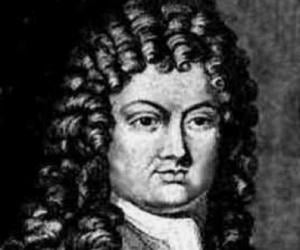
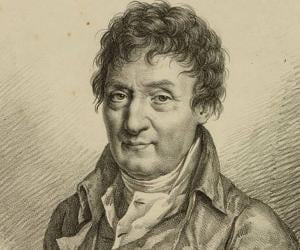
Best known for developing the Charles’s law, which explains the expansion of gases when heated, Jacques Charles was a prominent French physicist. He was the first to ascend in a hydrogen-filled gas balloon, thus pioneering hot-air balloon flight. The Académie des Sciences member later became a professor of physics.
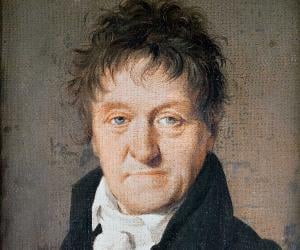
Lazare Carnot was a French physicist, mathematician, and politician. His role in the Napoleonic Wars and French Revolutionary Wars earned him the sobriquet Organizer of Victory. Carnot is credited with developing innovative defensive designs for forts, such as the Carnot wall which served as a defensive mechanism against infantry and artillery attack.
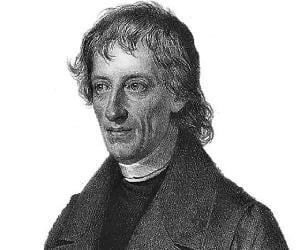
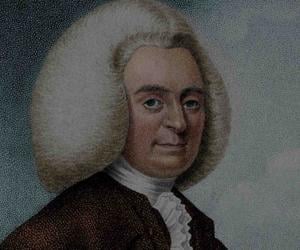
Colin Maclaurin was a Scottish mathematician best remembered for his contributions to algebra and geometry. A child prodigy, Maclaurin became one of the youngest professors in history when he became a professor of mathematics at the age of 19. Colin Maclaurin also contributed immensely to the study of elliptic integrals and is credited with discovering the Euler–Maclaurin formula.
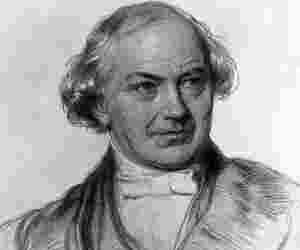
William Whewell was an English polymath, scientist, philosopher, theologian, and historian of science. He worked in a wide range of fields, publishing works in the disciplines of physics, mechanics, geology, economics, and astronomy. He also wrote poetry, sermons, and theological tracts. He is credited with coining the terms linguistics, physicist, consilience, scientist, catastrophism, and uniformitarianism.
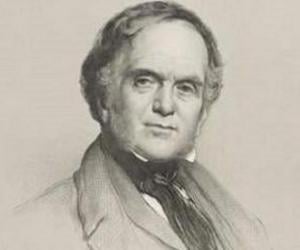
Scottish engineer and political economist William Playfair is best-remembered as the inventor of statistical graphs and secret agent for Great Britain during its war with France. He published the first data graphs in his book The Commercial and Political Atlas. He used line, area and bar charts to represent the economy of 18th Century England and introduced the pie chart.
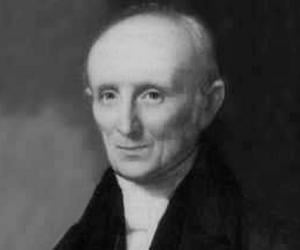
At 10, Nathaniel Bowditch was forced to quit studies due to poverty and started working, first at his father’s shop and then as a clerk in other shops. During his voyages in merchant ships, he discovered his love for math. He later redefined maritime navigation with his mathematical research.
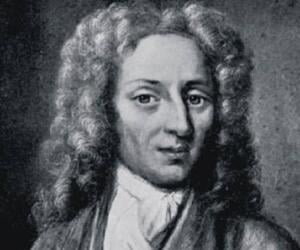
A close associate of Isaac Newton, Swiss mathematician Nicolas Fatio de Duillier, was, according to many, the reason for Newton’s nervous breakdown after they fell apart. He is best remembered for co-discovering the phenomenon of zodiacal light and for inventing the shadow theory of gravitation.
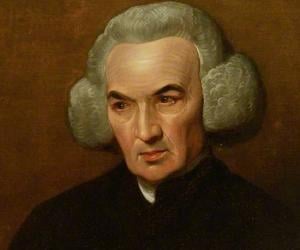
British moral-philosopher Richard Price is best-remembered for significantly editing Bayes–Price theorem. He edited An Essay towards solving a Problem in the Doctrine of Chances, a major-work of his deceased friend Thomas Bayes. It appeared in Philosophical Transactions and included Bayes' Theorem. His work on legacy of Bayes, led Price to get elected as a Fellow of the Royal Society.
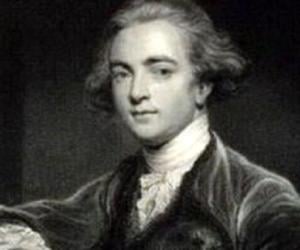
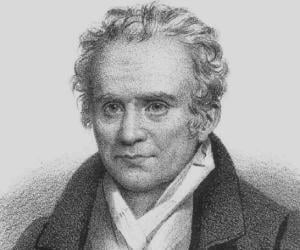
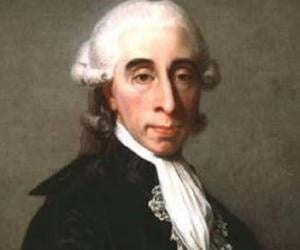
A major figure of the French Revolution, Jean Sylvain Bailly is remembered for leading the Tennis Court Oath. He also made a name for himself as an astronomer and studied the Halley’s Comet and the satellites of Jupiter extensively. As a mayor of Paris, he later defended Marie-Antoinette and was guillotined.
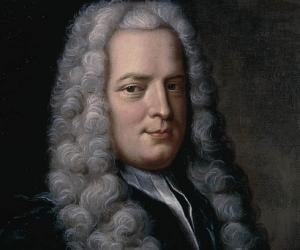
Born to a doctor, Gabriel Cramer showed an interest in math since childhood. He received his doctoral degree at 18 and was named the co-chair of the University of Geneva at 20. Known for his research on algebraic curves, he is also remembered for devising Cramer’s rule and Cramer’s paradox.

James Ivory was a British mathematician and astronomer best remembered for developing Ivory's Theorem. In 1814, he was honored with the prestigious Copley Medal for publishing several important memoirs.
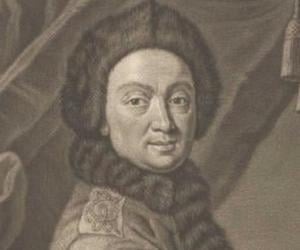
Pierre Louis Maupertuis was a French mathematician and man of letters. He is credited with having invented the principle of least action; his version is known as Maupertuis's principle. He was also a philosopher and his work in natural history touched upon a range of topics. He was the first President of the Prussian Academy of Science.
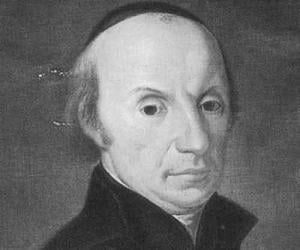
Italian Theatine priest, astronomer and mathematician Giuseppe Piazzi discovered and identified the first asteroid Ceres at Palermo Astronomical Observatory that he established in Palermo, Sicily. He first demonstrated the large proper motion of the binary star system 61 Cygni in the constellation Cygnus. He also supervised compilation of the Palermo Catalogue of stars and completion of the Capodimonte (Naples) Observatory.

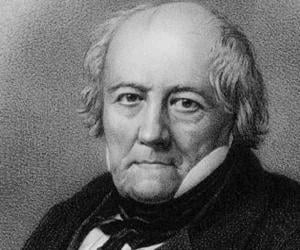
Jean-Baptiste Biot was a French physicist, mathematician, and astronomer. He was a co-discoverer of what became known as the Biot-Savart law of magnetostatics. He is also credited with establishing the reality of meteorites. He made major contributions to the fields of optics and magnetism as well. Cape Biot in eastern Greenland is named in his honor.
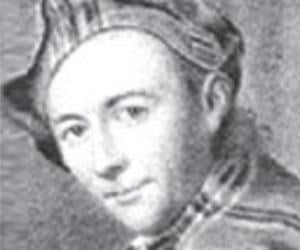
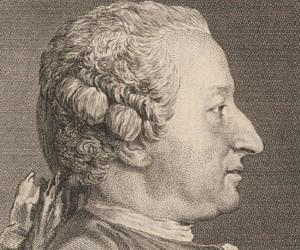
Born to a math teacher, French mathematician and physicist Alexis Clairaut had mastered calculus at 10. He is best remembered for devising the Clairaut’s equation and for validating the scientific claims of Sir Isaac Newton. He was part of an expedition to Lapland to ascertain a degree of the meridian arc.
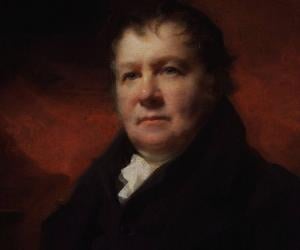
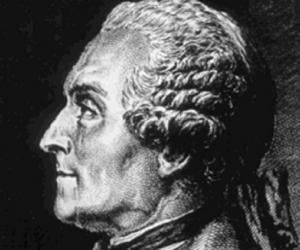
French naturalist, geographer, and mathematician Charles Marie de La Condamine is remembered for completing the first known scientific exploration of the Amazon region and also created the first map of the region. He was also part of an expedition that measured a latitude at the equator.
William Hopkins was an English geologist and mathematician. He is remembered for serving as a private tutor of prospective undergraduate Cambridge mathematicians, which earned him the nickname senior-wrangler maker. Hopkins also played first-class cricket and was associated with Cambridge University Cricket Club. He had an unfortunate end to his life as he spent his final years in a lunatic asylum.
